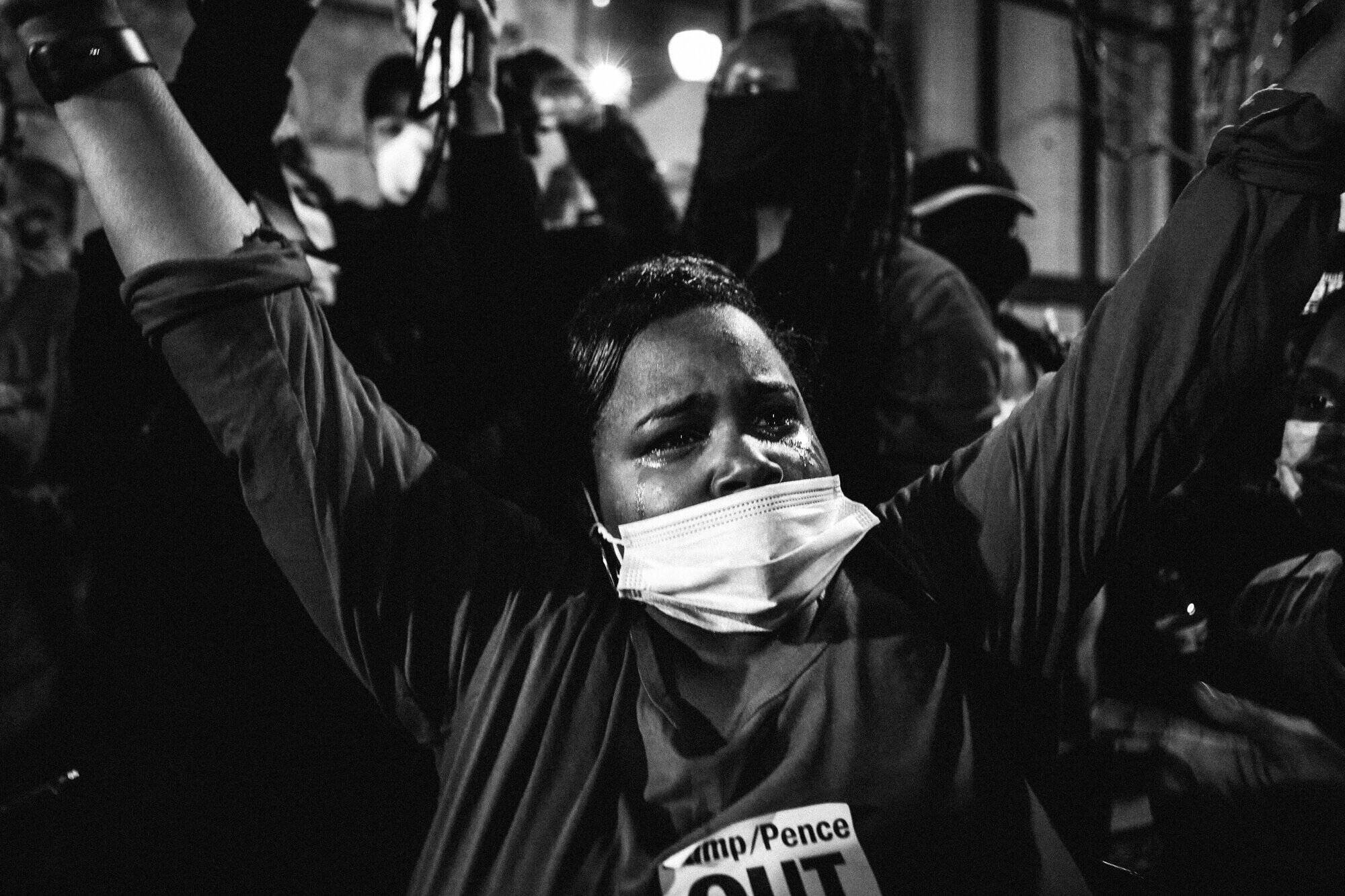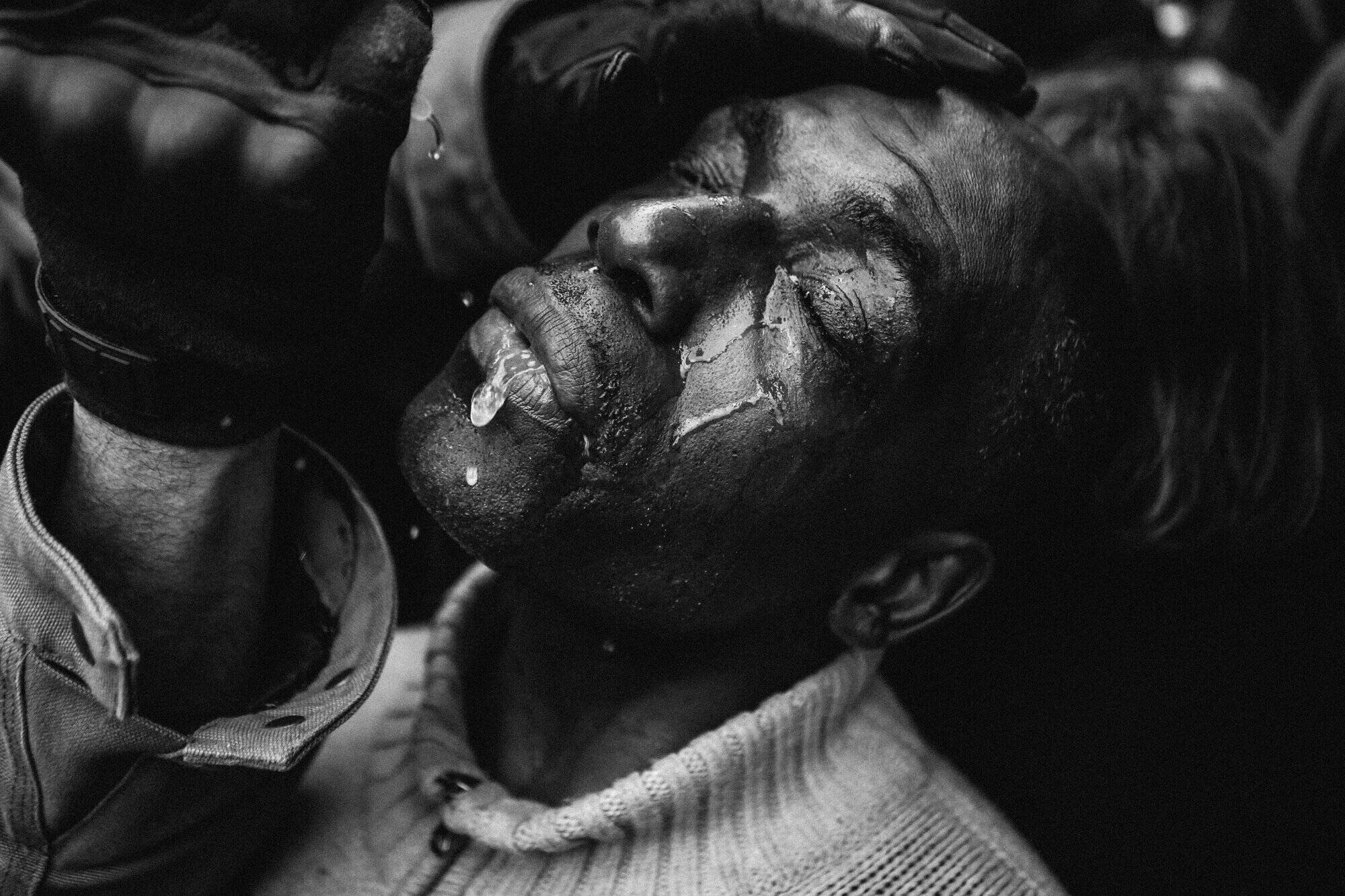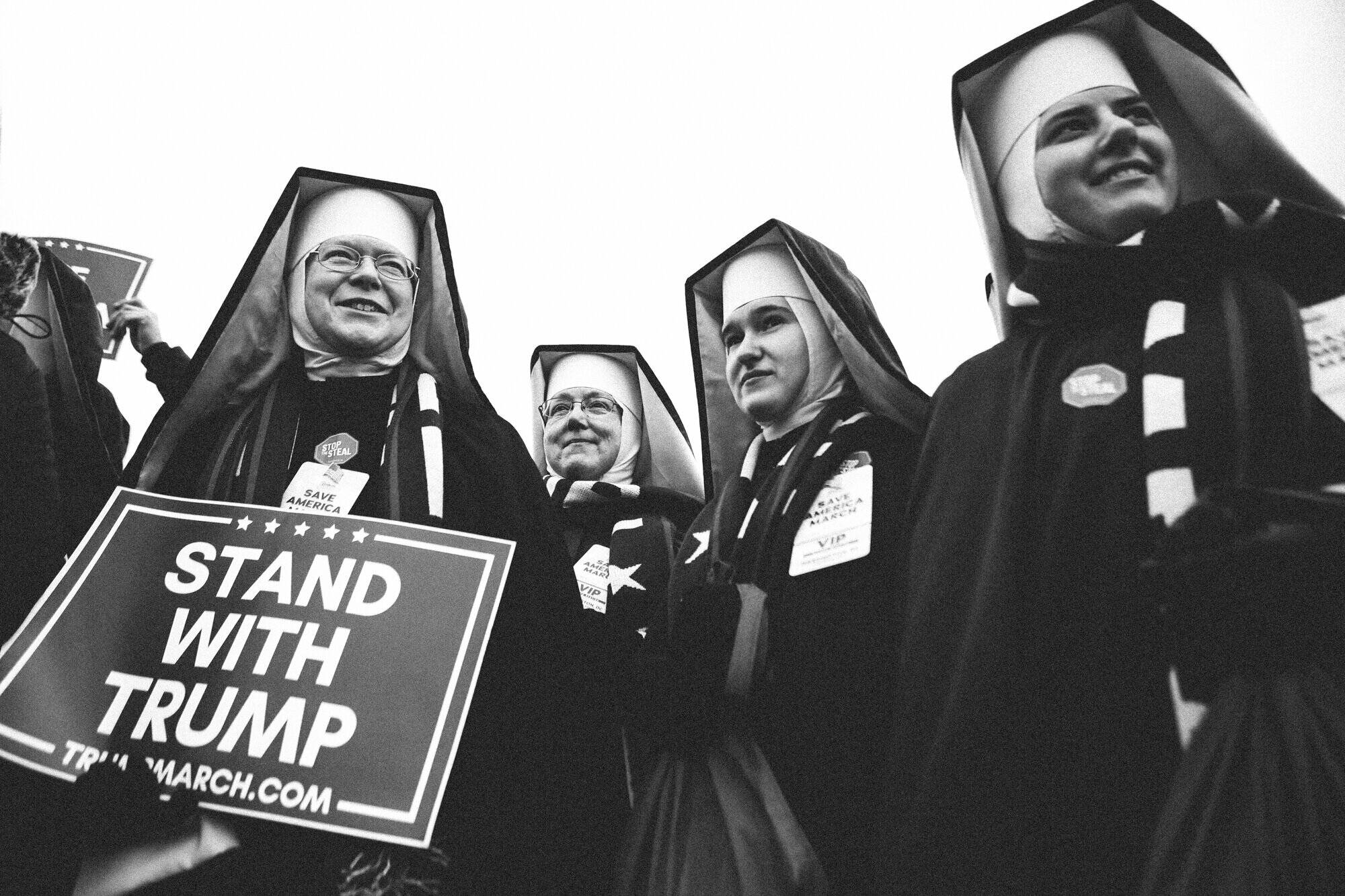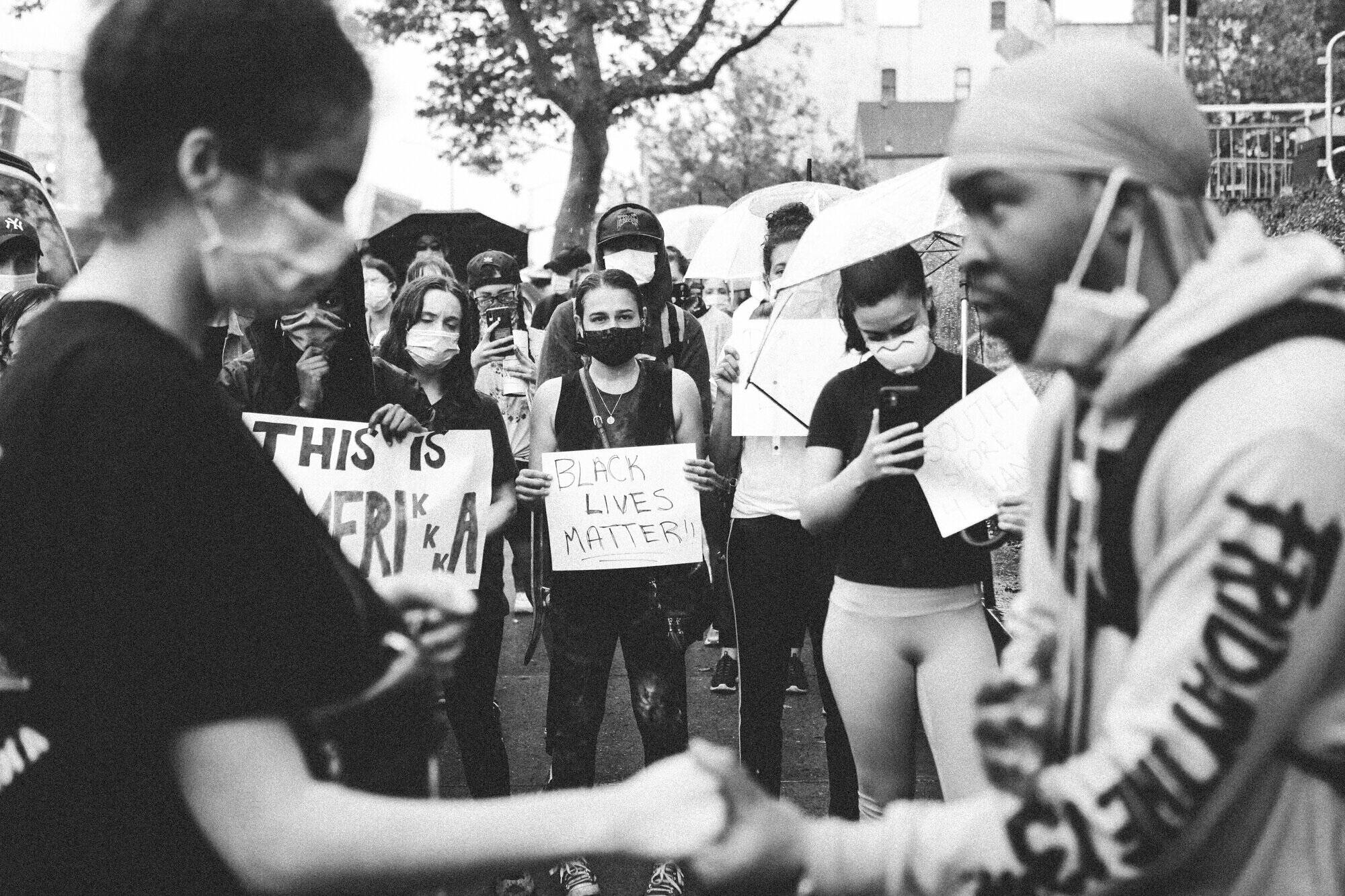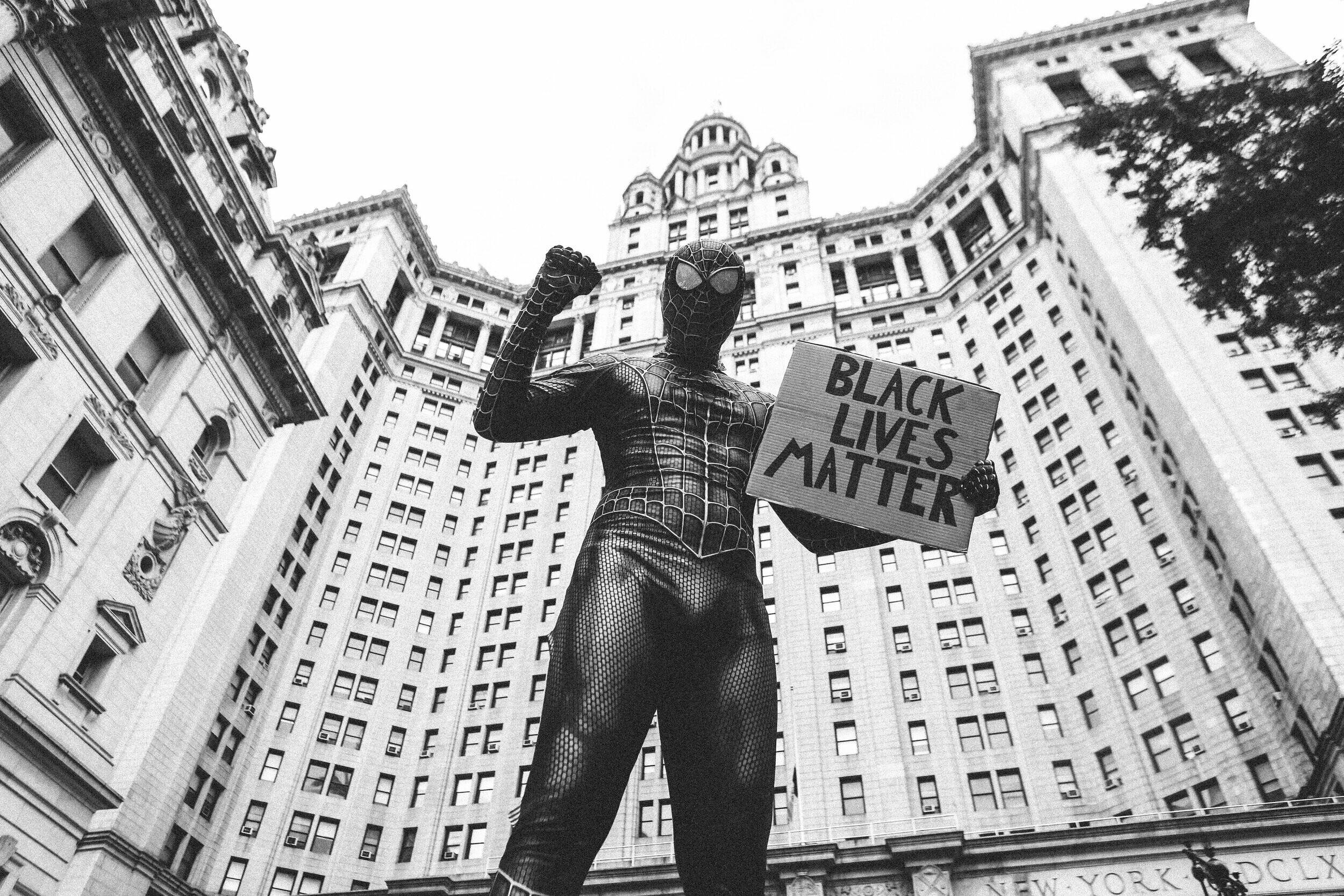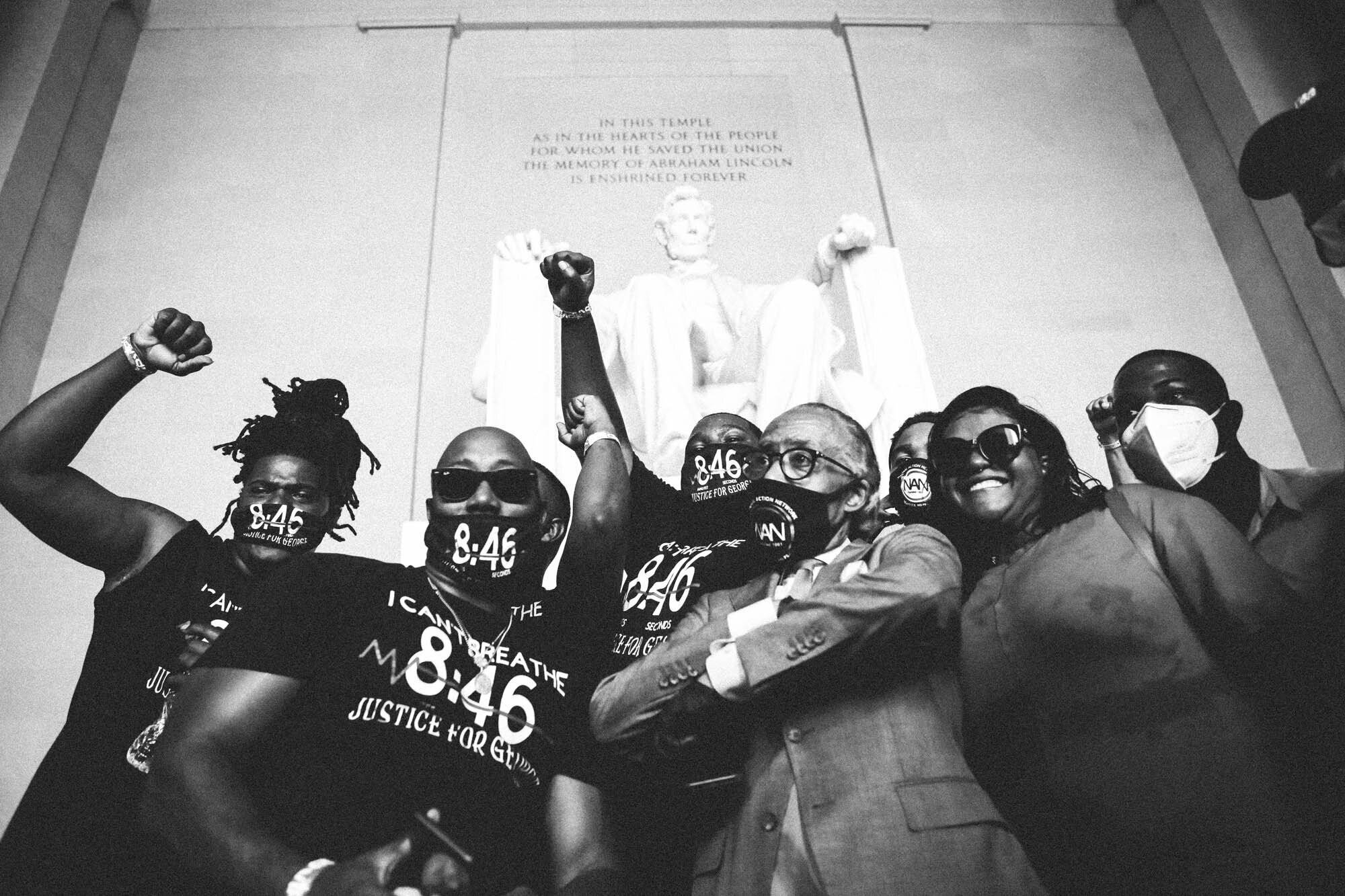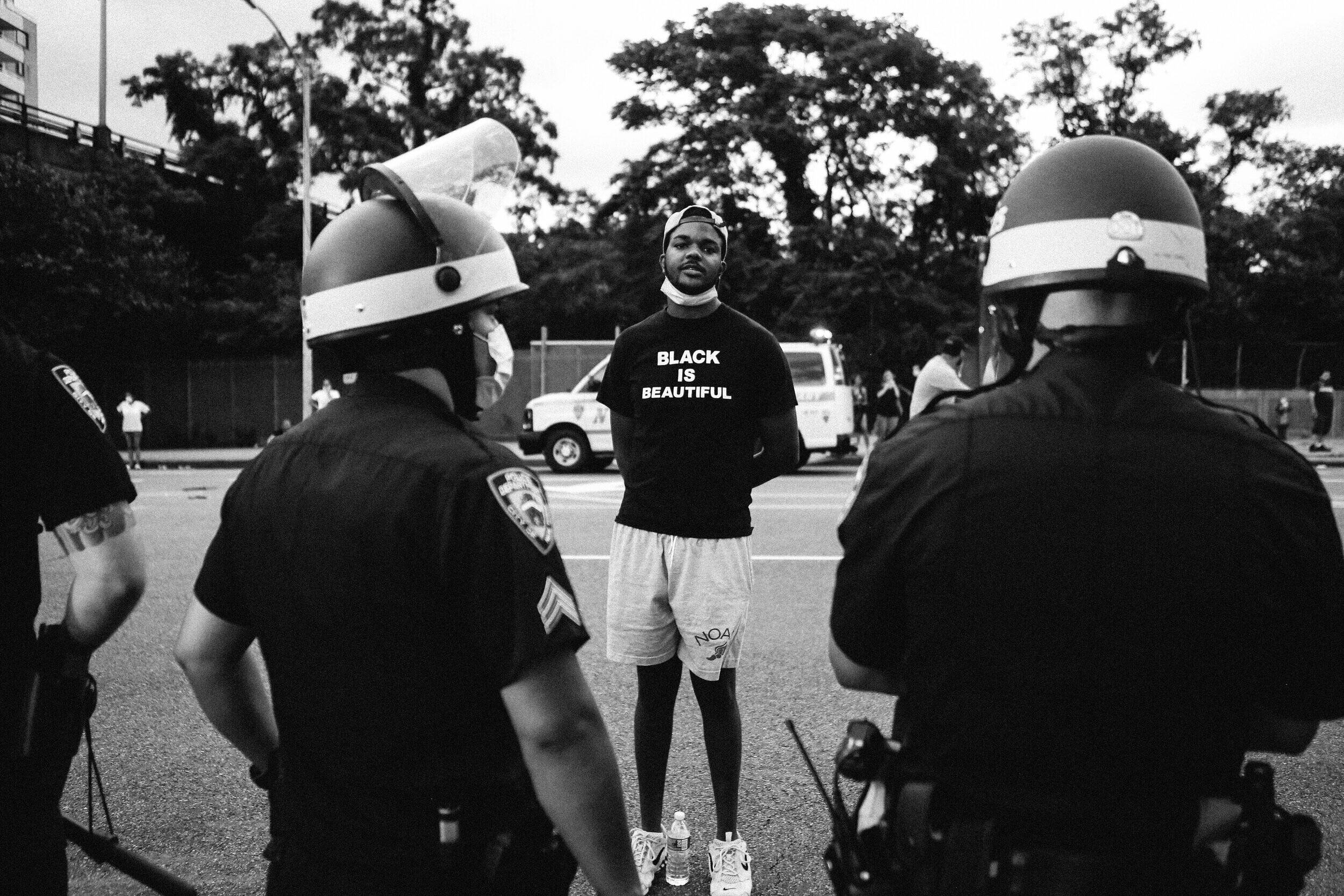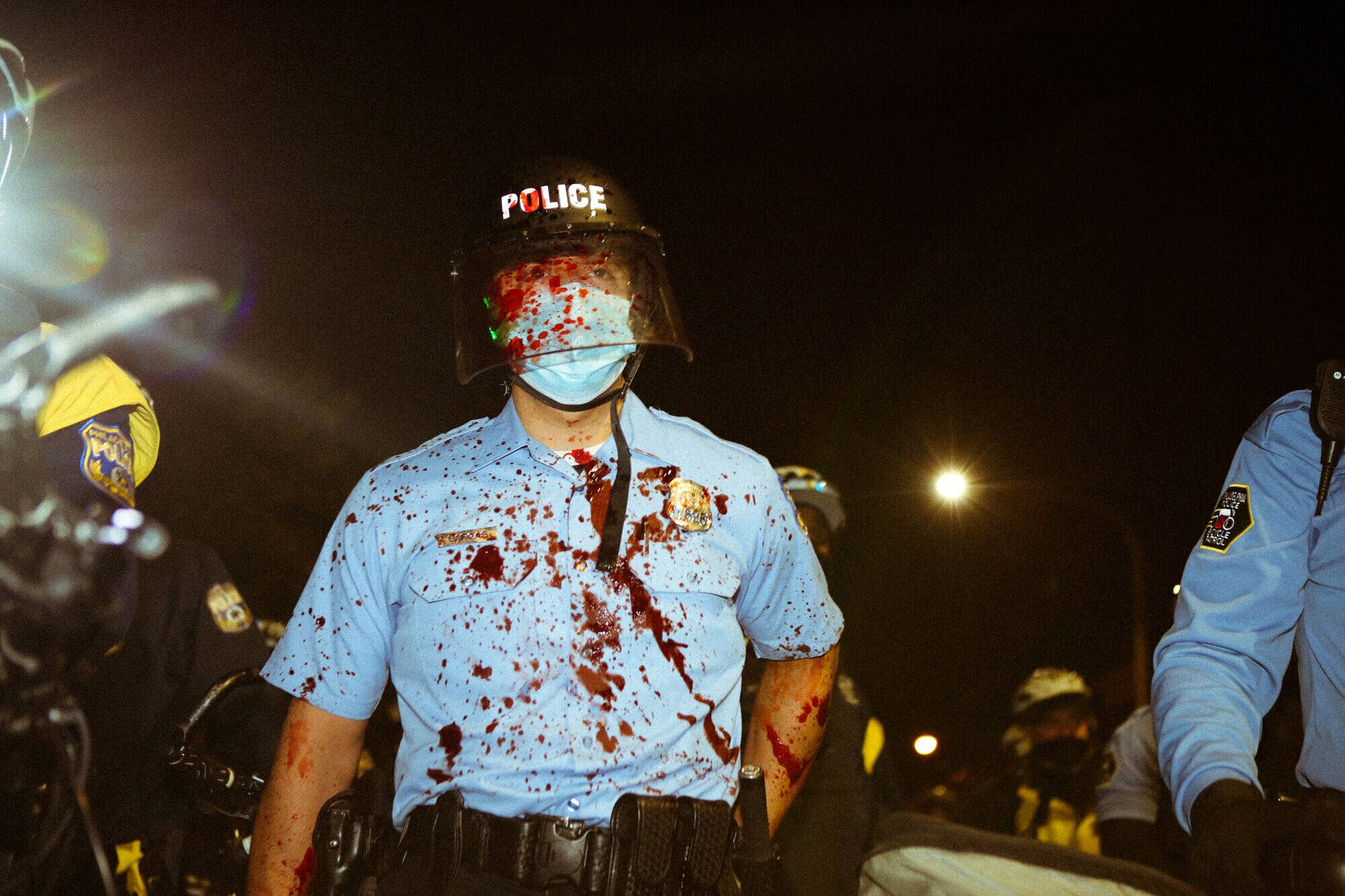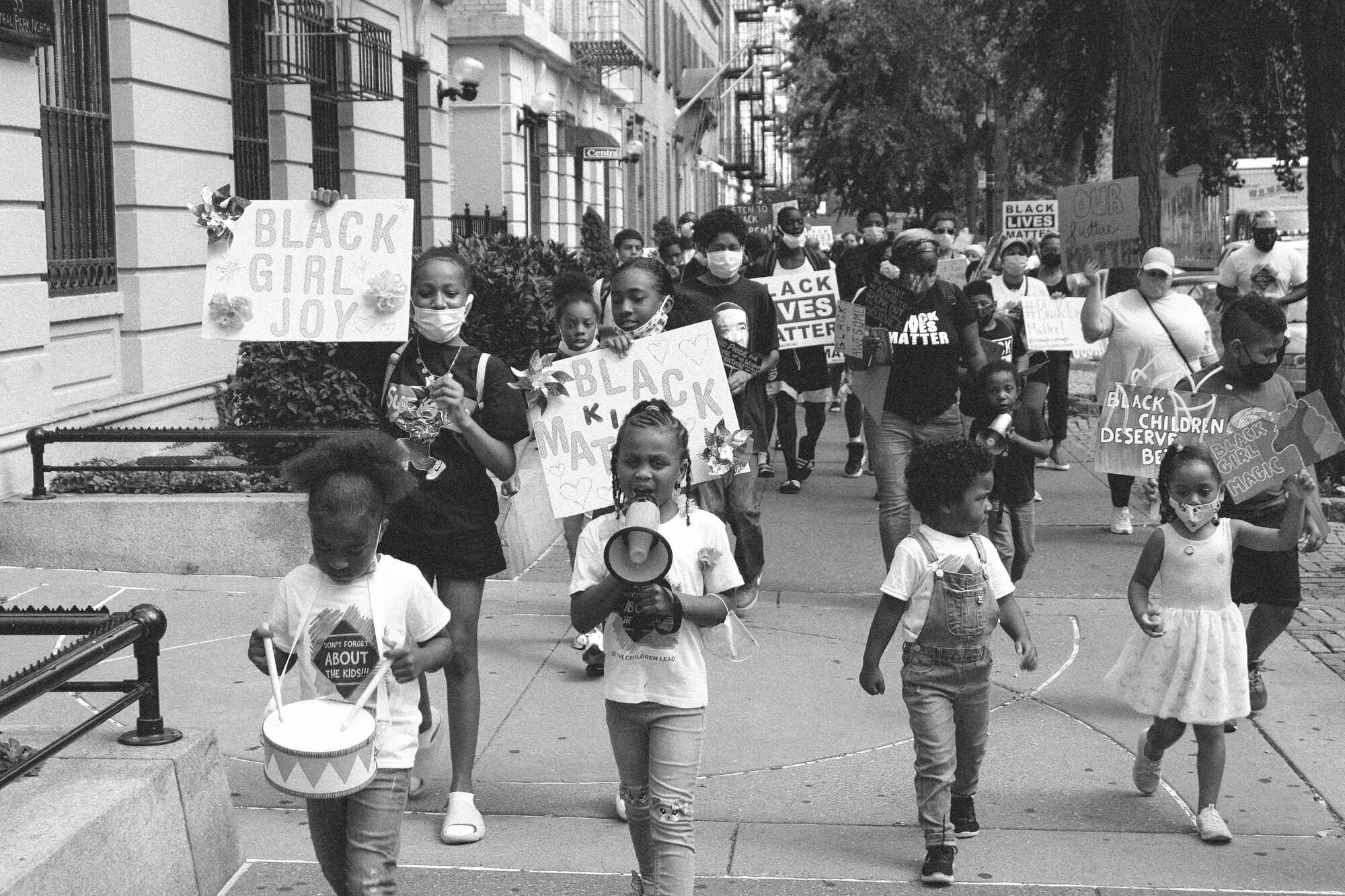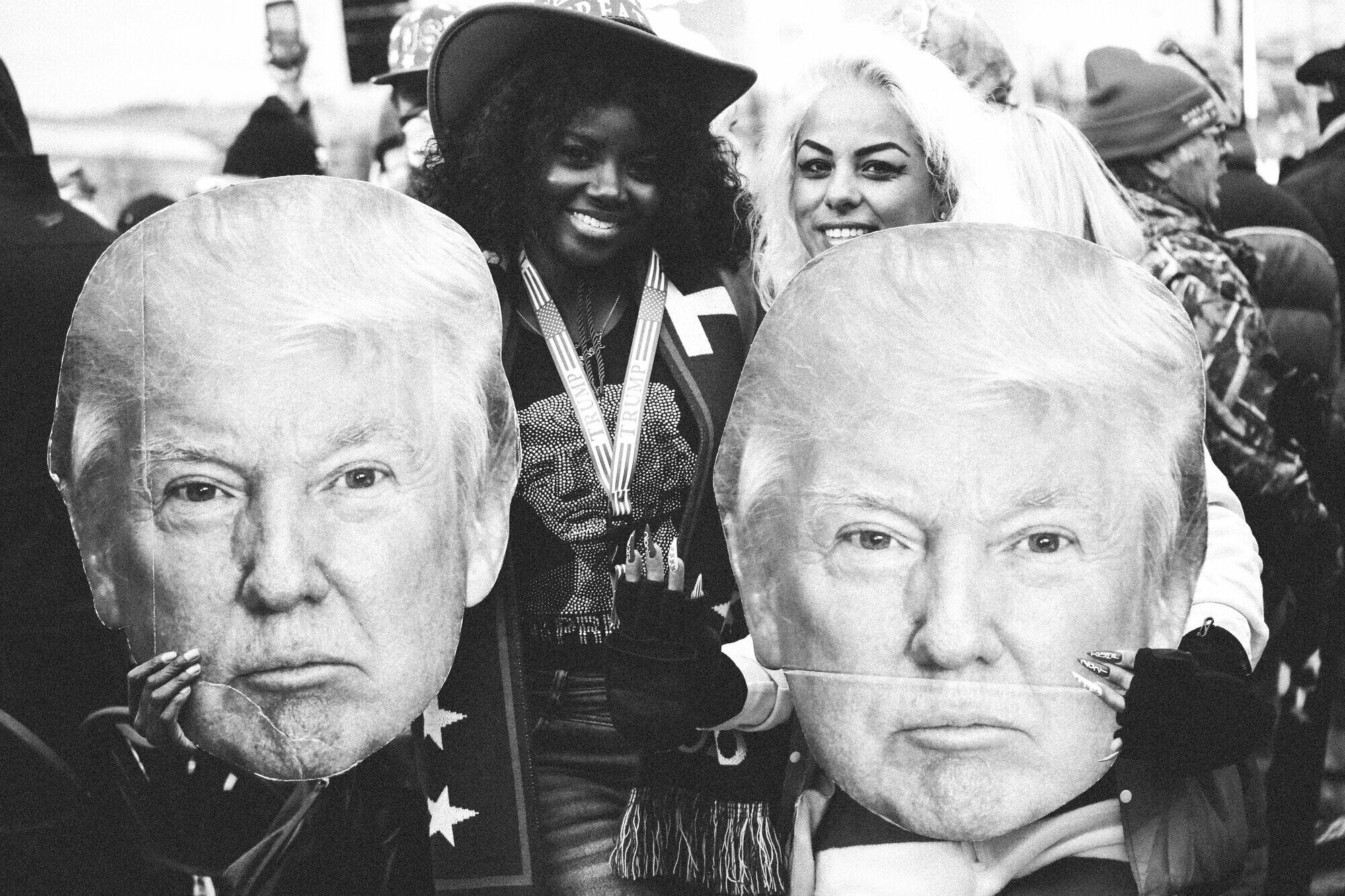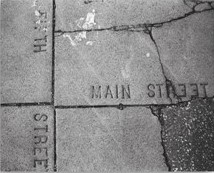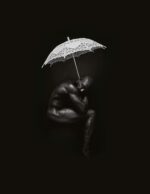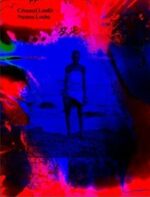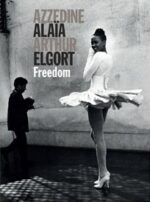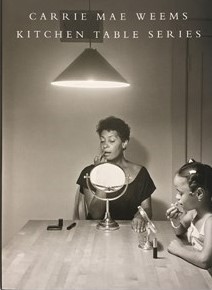En avril 2020, pendant les premiers jours des blocages de la pandémie de COVID, le photographe Mel D. Cole a commencé à conduire dans New York pour documenter les rues. Cet exercice presque thérapeutique est devenu un appel à l’action après le meurtre de George Floyd, et Cole a consacré le reste de 2020 à photographier les manifestations de Black Lives Matter qui ont balayé le pays. En plus de solliciter l’action à New York, Cole s’est rendu pour couvrir les manifestations à Washington, DC et à Richmond, en Virginie. L’ensemble du travail qu’il a produit à partir de cet été électrisant est une puissante effusion de douleur, d’indignation et de courage de personnes contraintes d’agir après la mort brutale de George Floyd. Inspiré par la tradition documentaire en noir et blanc des années 1960, Cole cherche à créer ce qu’il appelle « une mémoire collective » qui perpétue l’héritage du mouvement des droits civiques. Ce fil conducteur historique est un rappel amer de l’oppression et de la résistance qui perdurent aujourd’hui ; textes de Jamie Lee Curtis et Blair Milbourne
Cole a déclaré: « Photographier le mouvement Black Lives Matter est le travail le plus important de toute ma vie. Cela signifiait la chose la plus importante au monde pour moi, de documenter et de rendre ce service. C’est tout ce que j’ai, ce que je peux apporter, et c’est mon œil, mon medium pour raconter les histoires. »
In April 2020, during the early days of the COVID pandemic lockdowns, photographer Mel D. Cole started driving around New York City documenting the streets. This almost therapeutic exercise became a call to action upon the murder of George Floyd, and Cole dedicated the rest of 2020 to photographing the Black Lives Matter protests that swept the country. In addition to canvassing the action in New York City, Cole traveled to cover protests in Washington, DC, and Richmond, Virginia. The body of work he has produced from that electrifying summer is a powerful outpouring of the hurt, outrage, and courage of people compelled to take action following the brutal death of George Floyd. Inspired by the black-and-white documentary tradition of the 1960s, Cole seeks to create what he calls “a collective memory” that continues the legacy of the civil rights movement. That historical through-line is a bitter reminder of the oppression and resistance that continues today ; texts by Jamie Lee Curtis and Blair Milbourne
Cole has said, “Shooting the Black Lives Matter movement is the most important work of my entire life. It meant the world to me to document and do this service. This is what I have, this is what I can bring to the table, and it’s my eye, my platform to tell the stories.”


